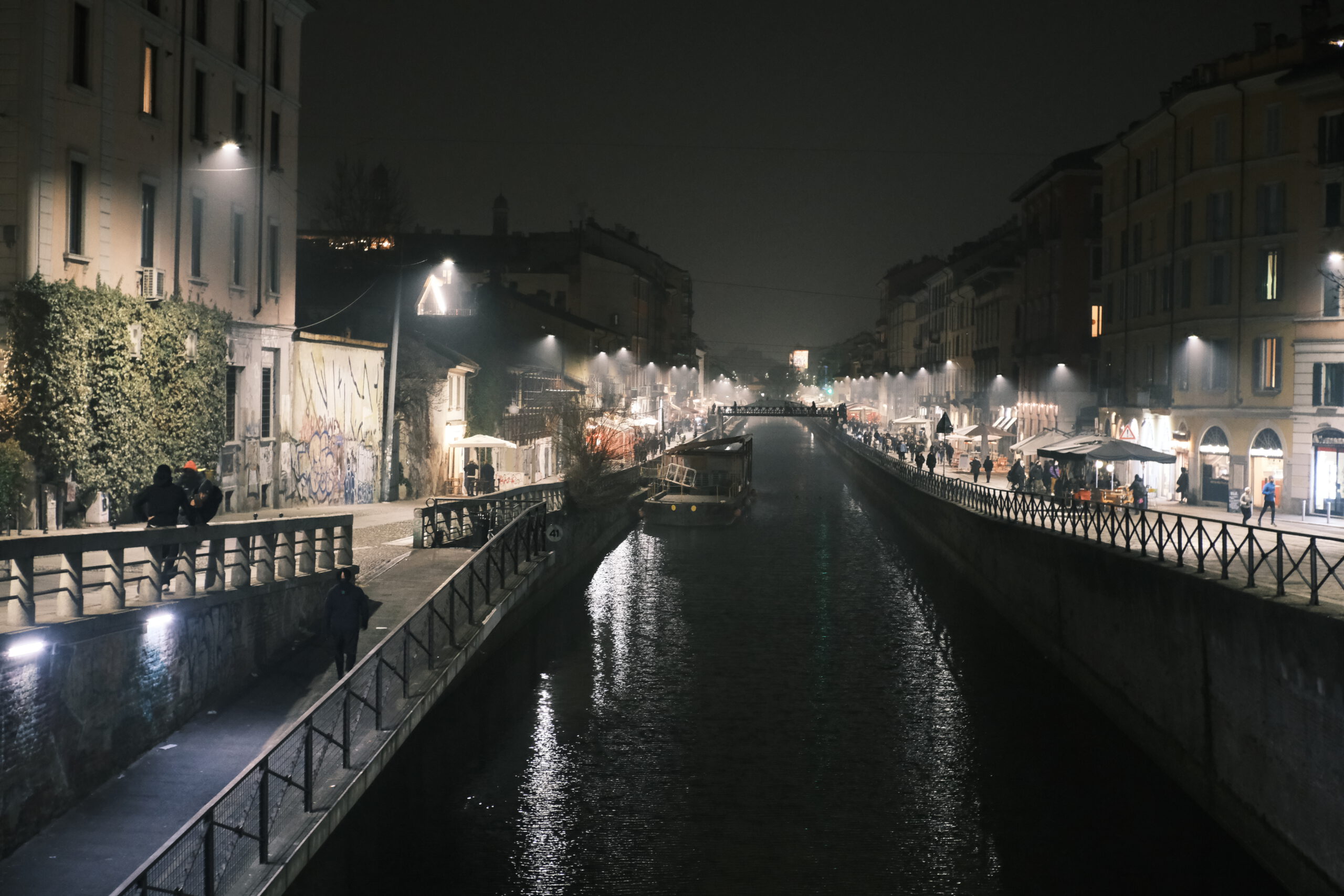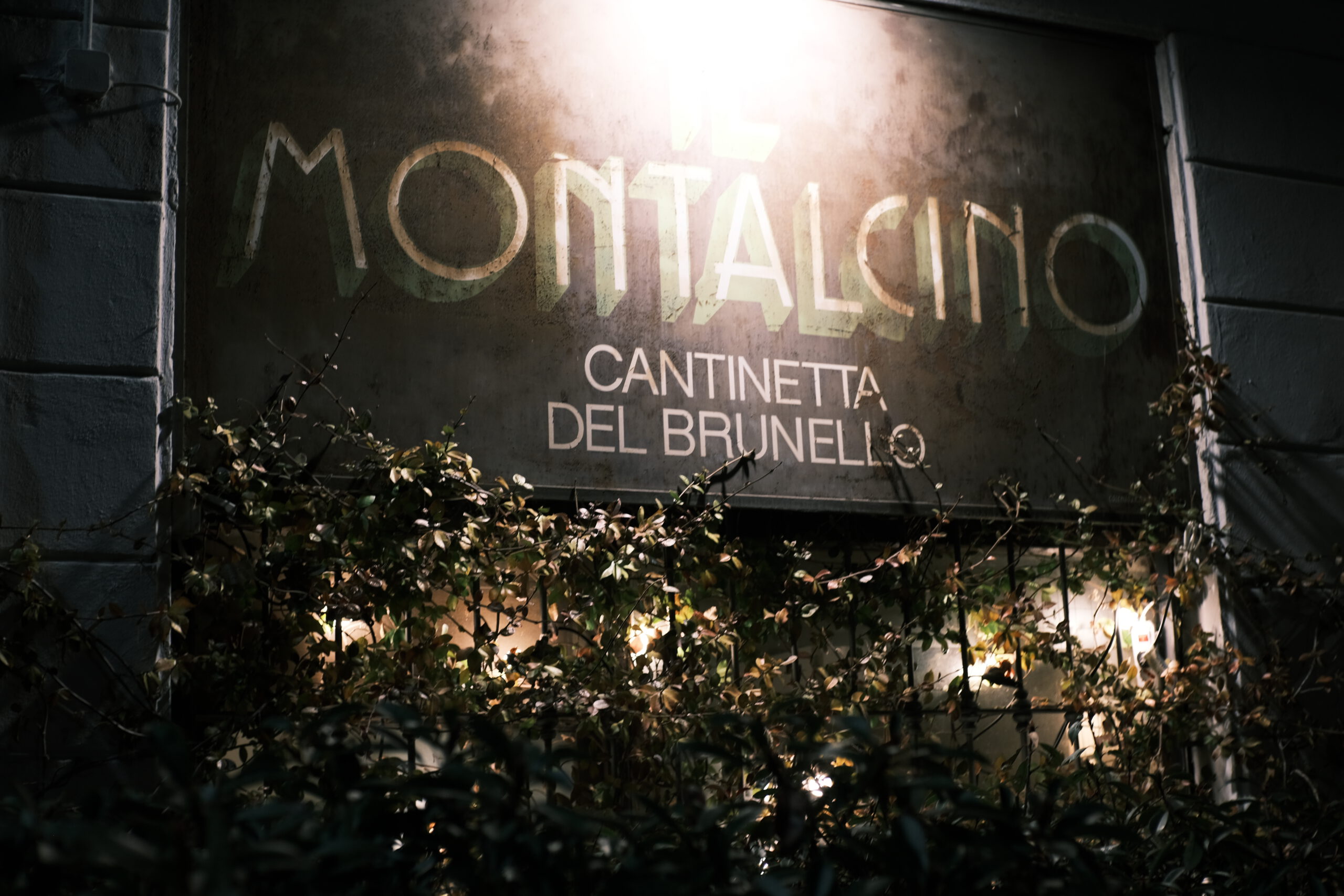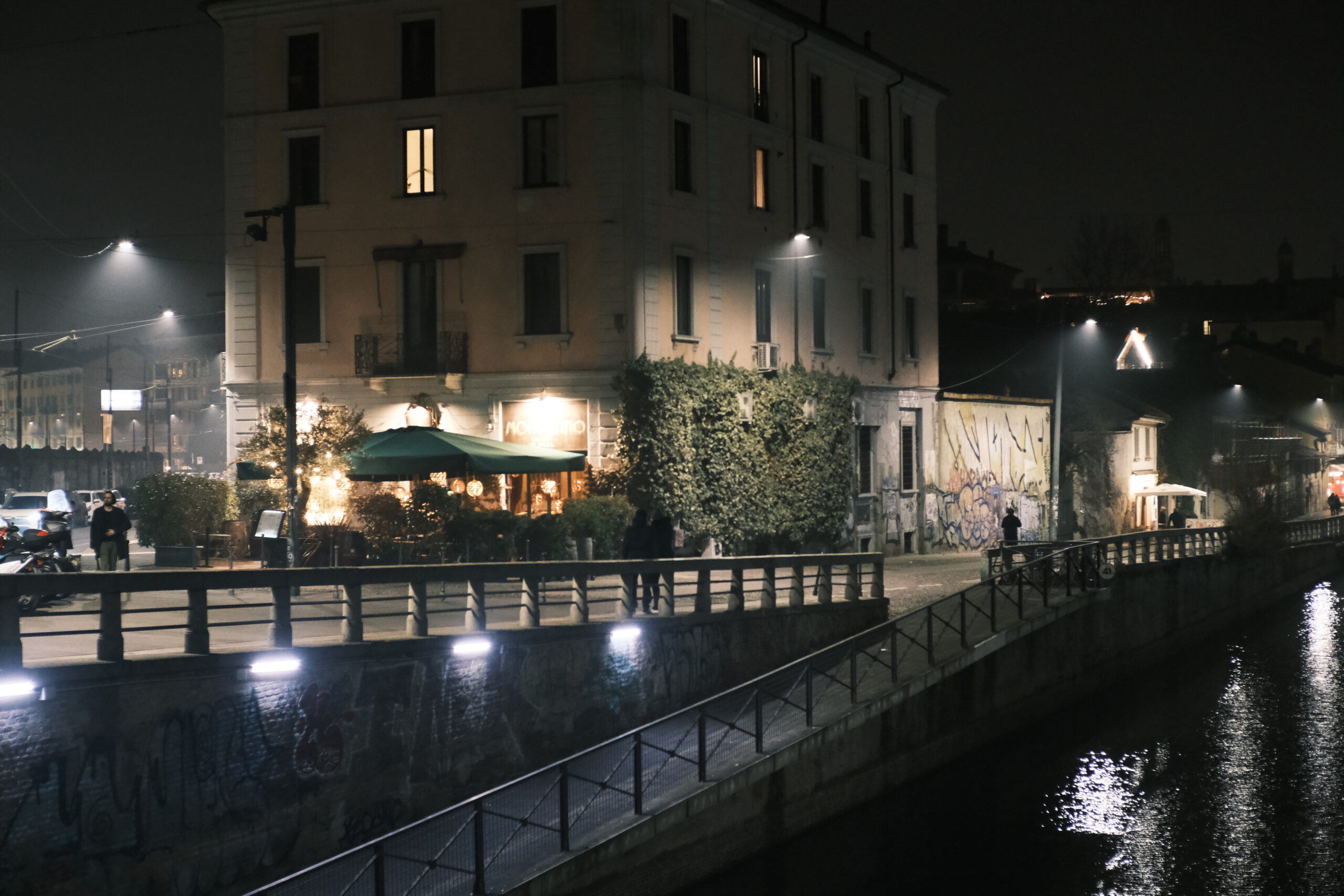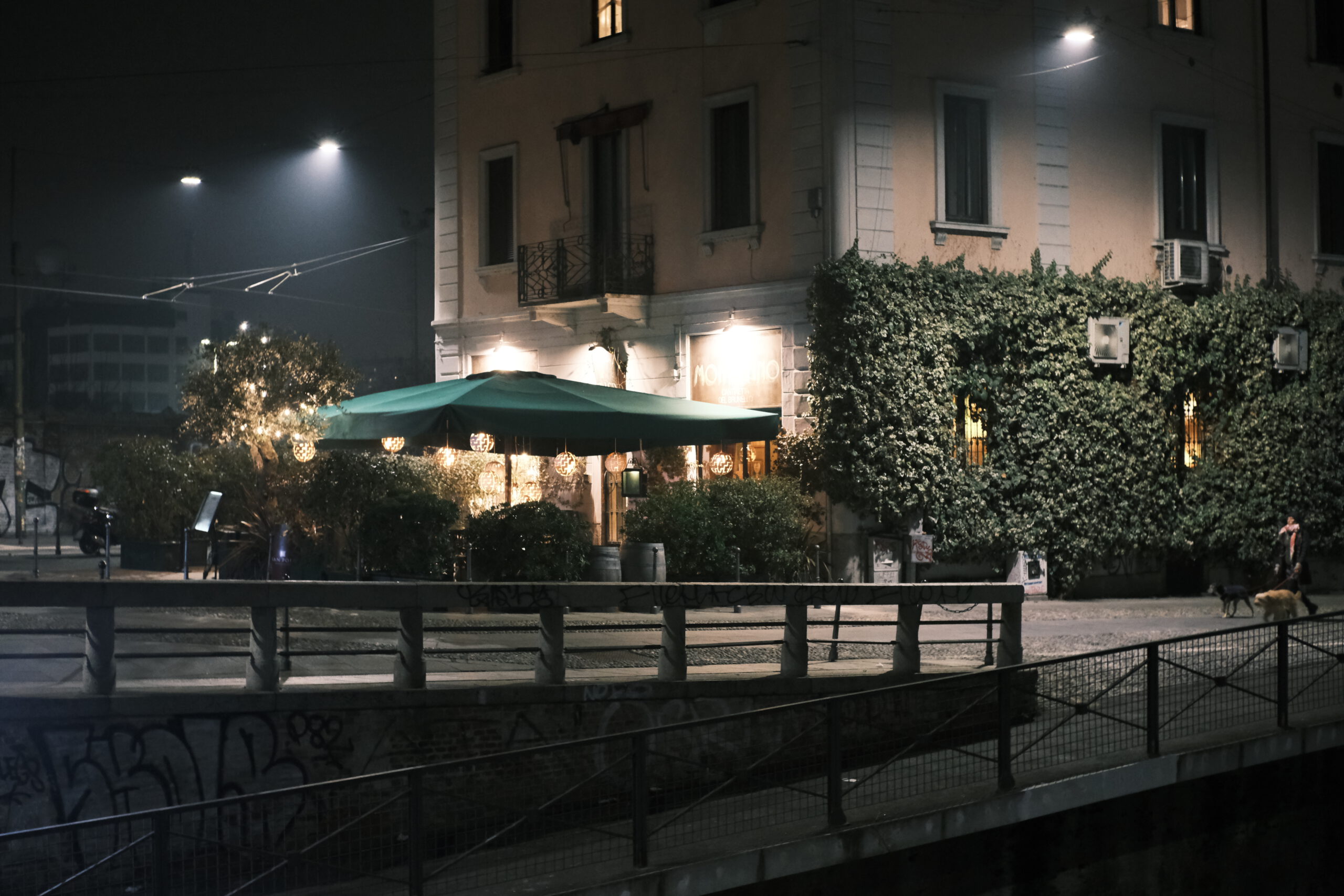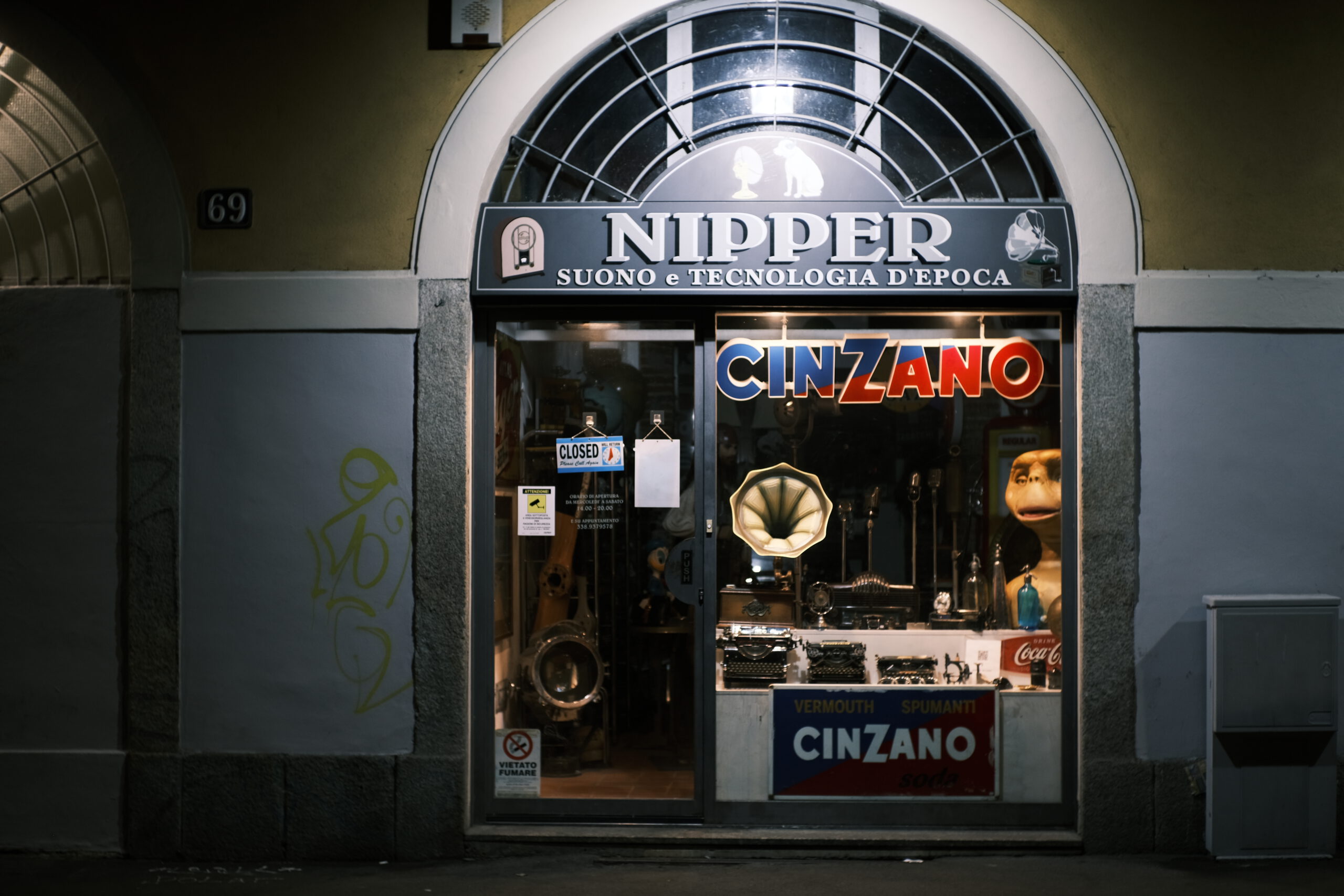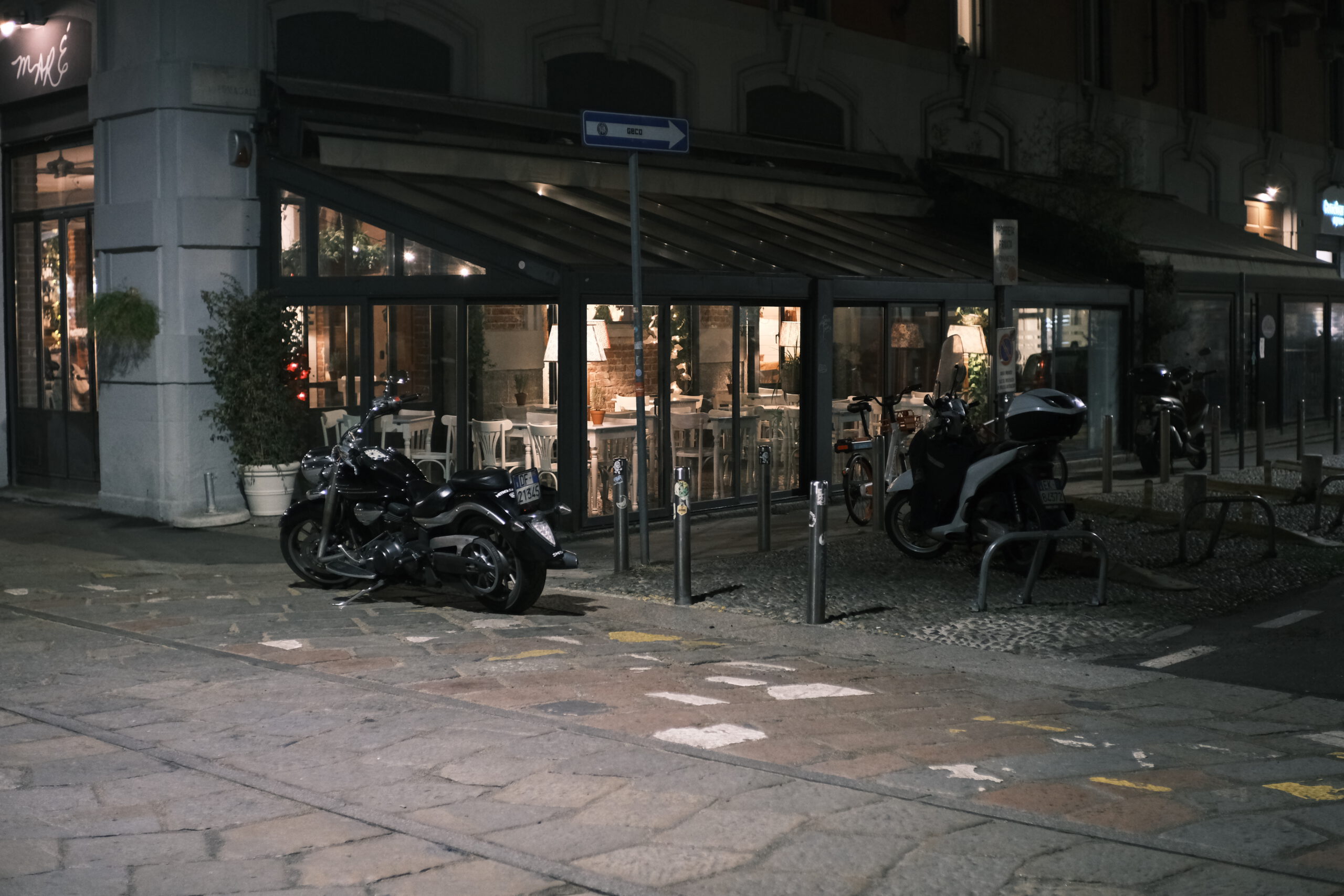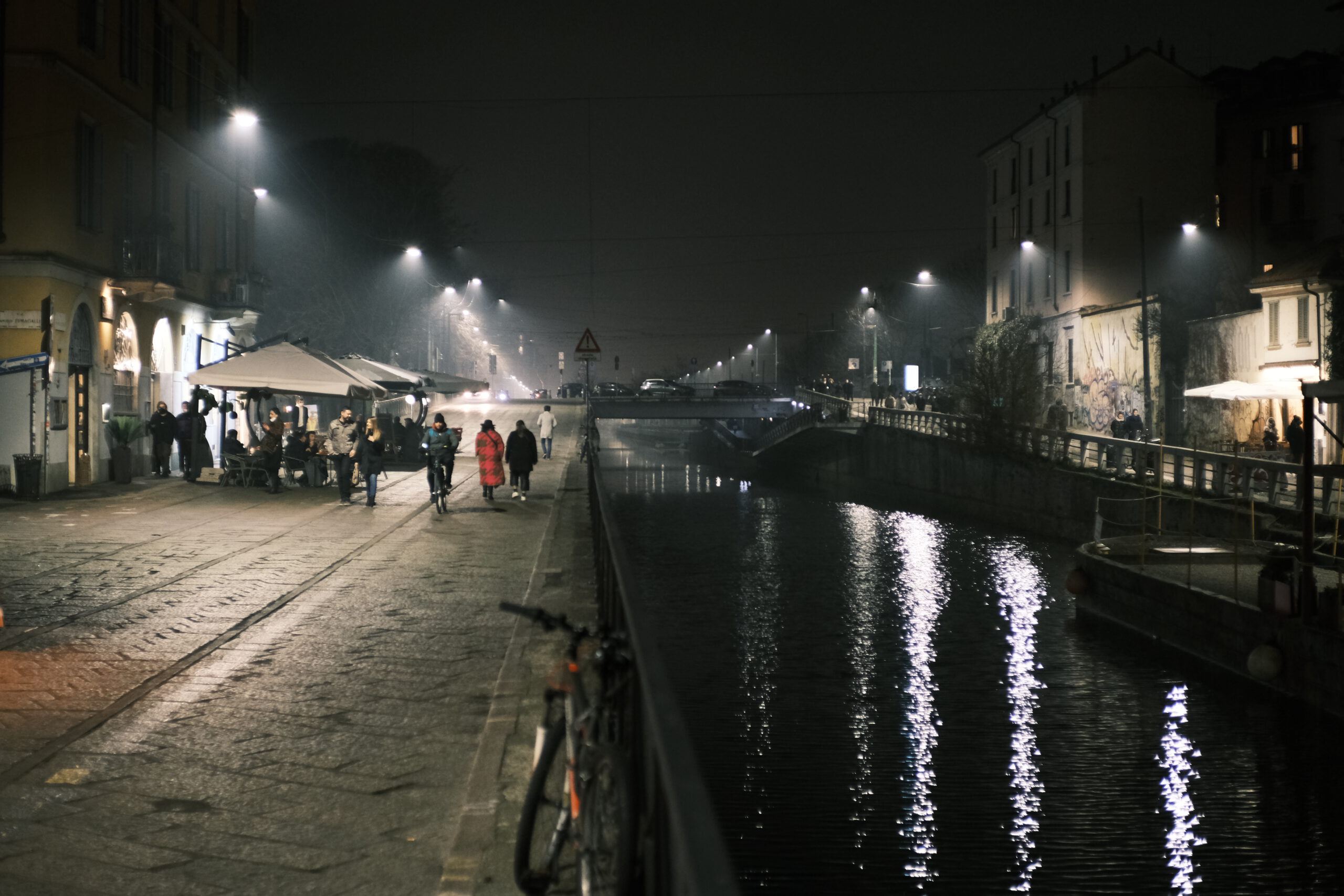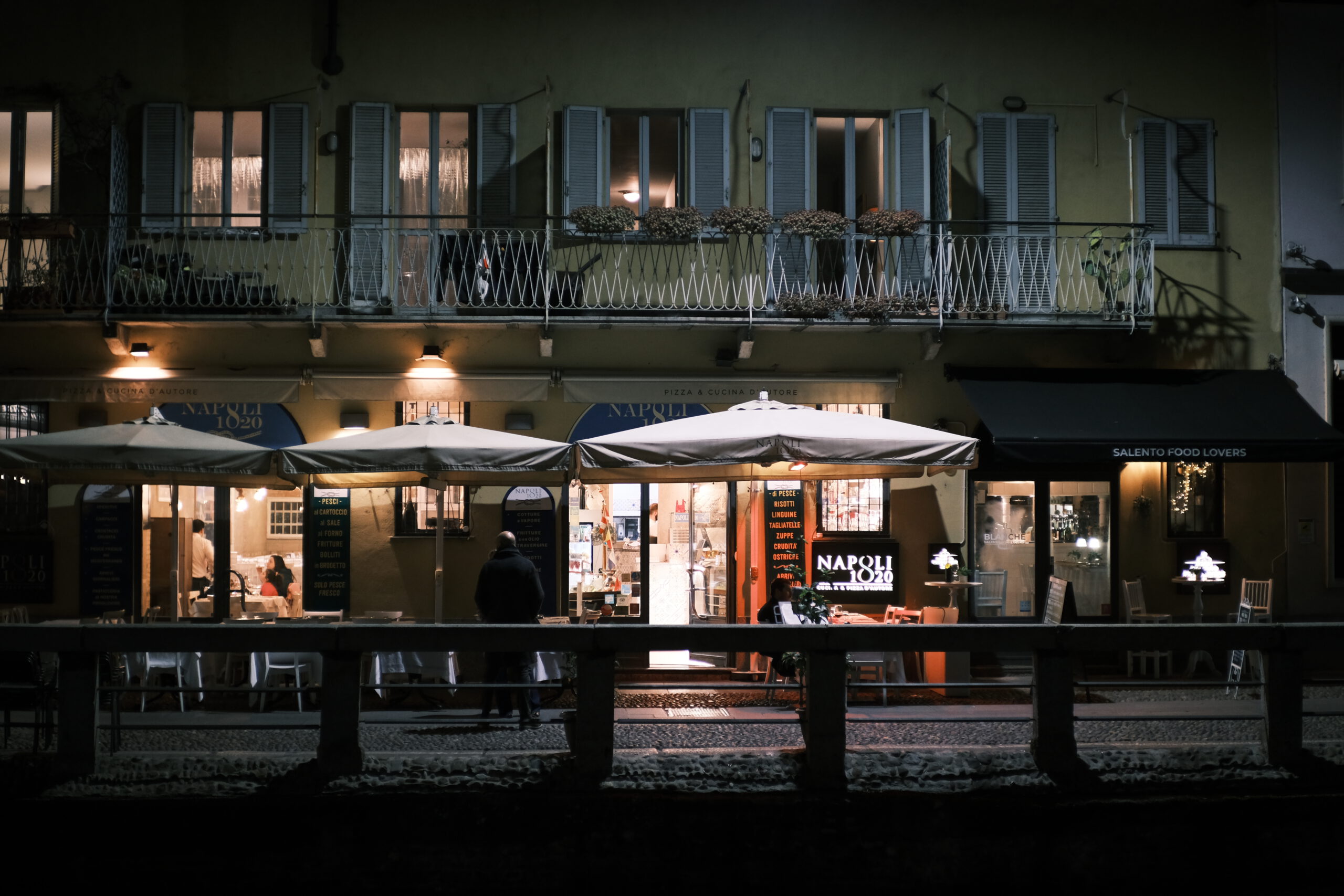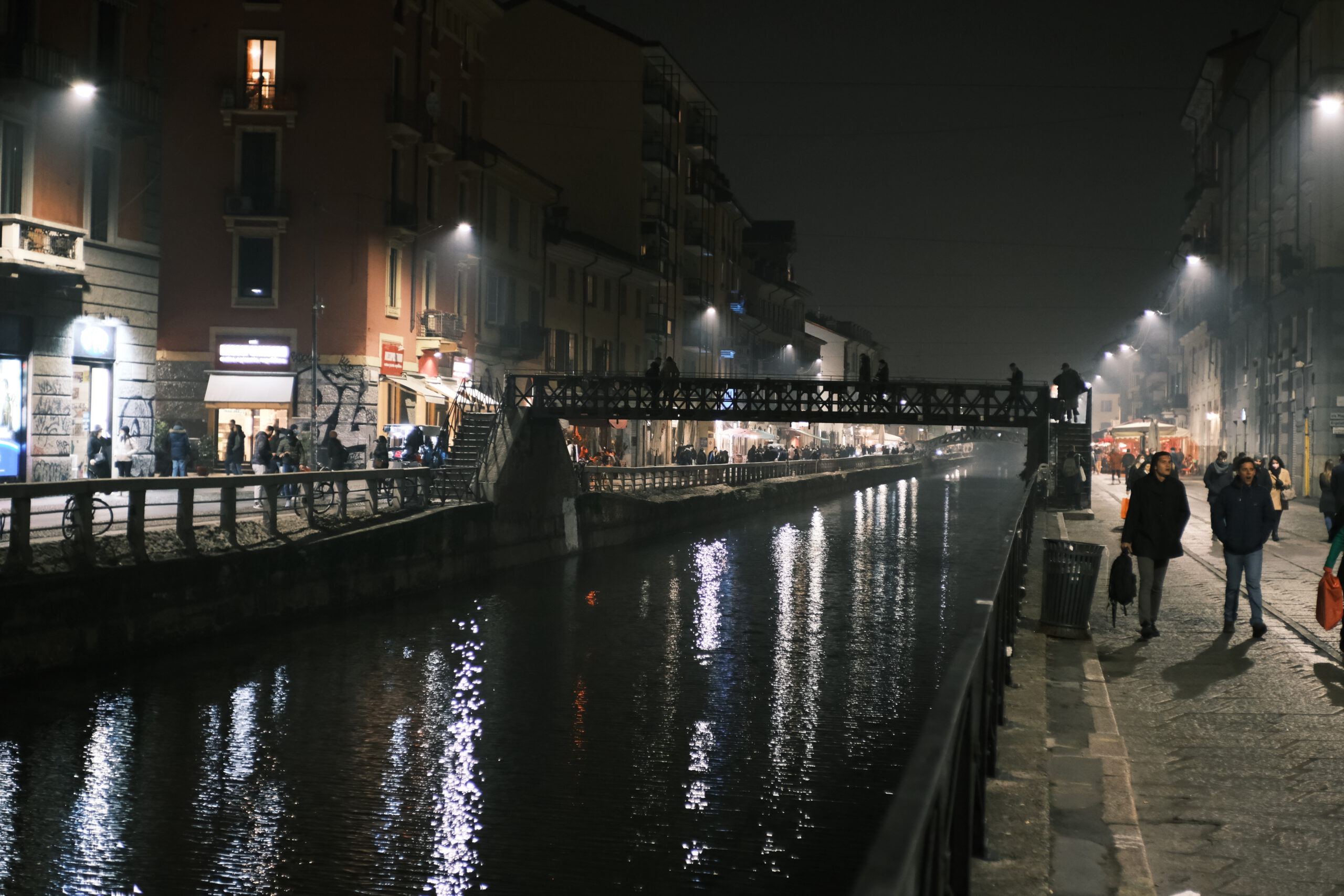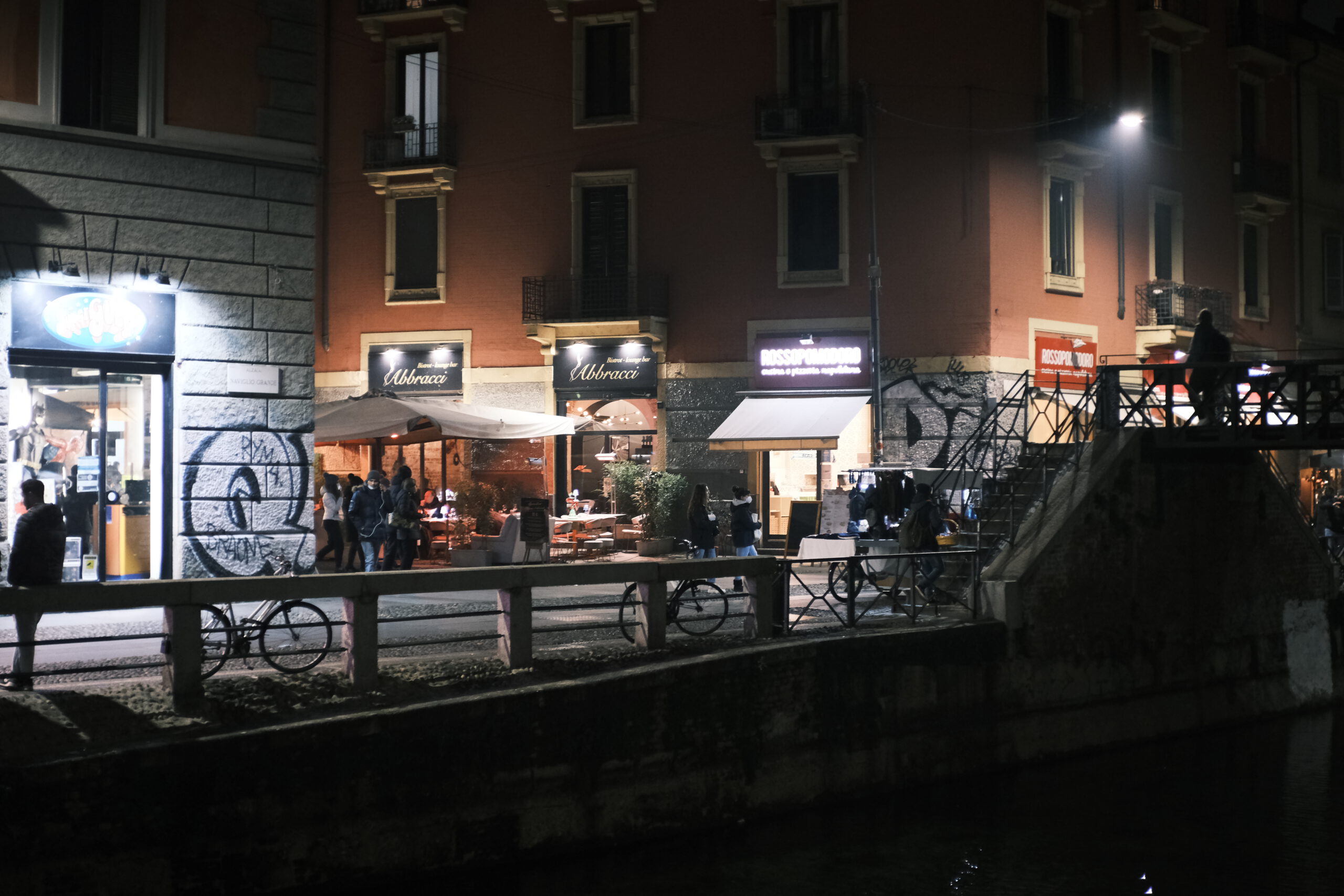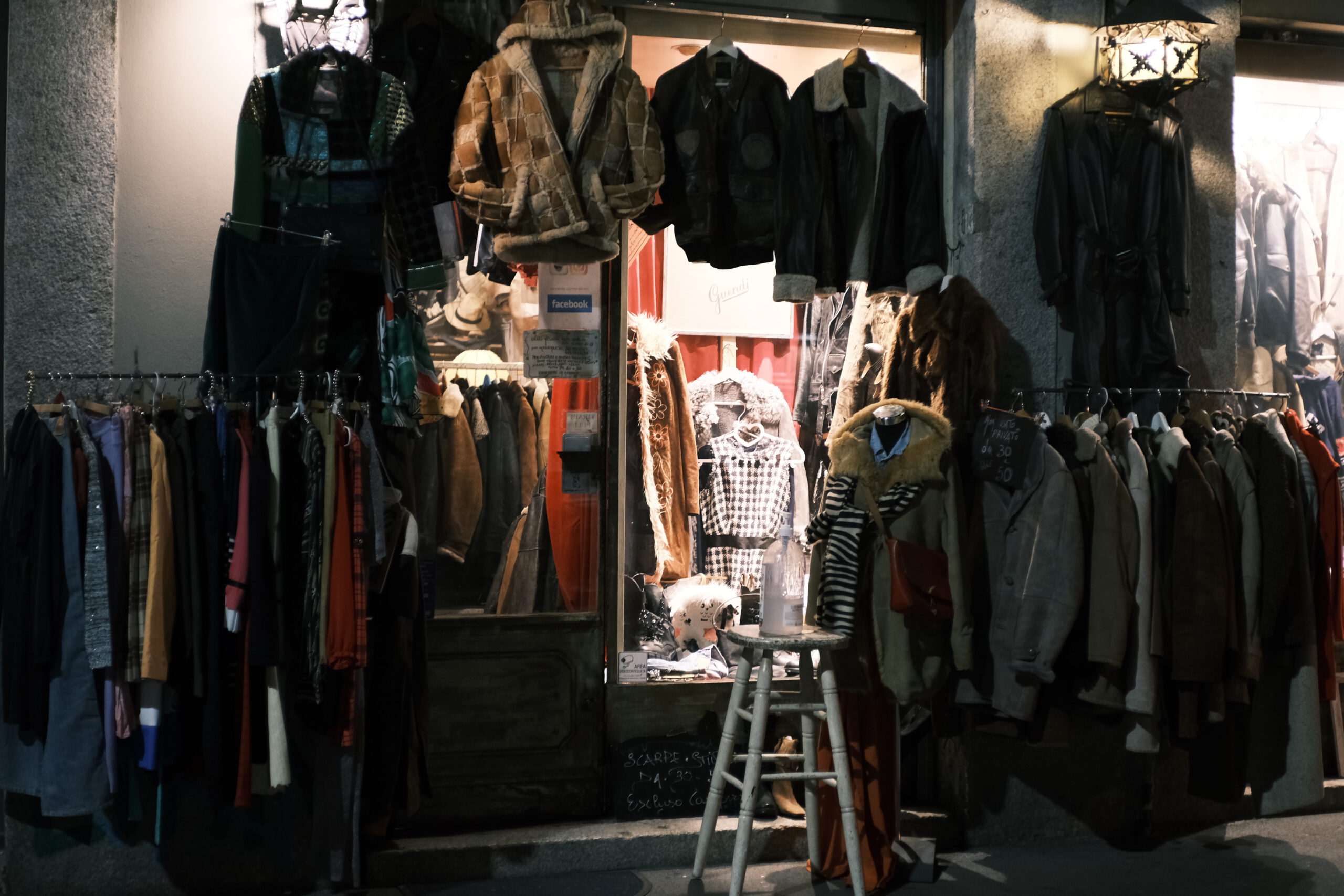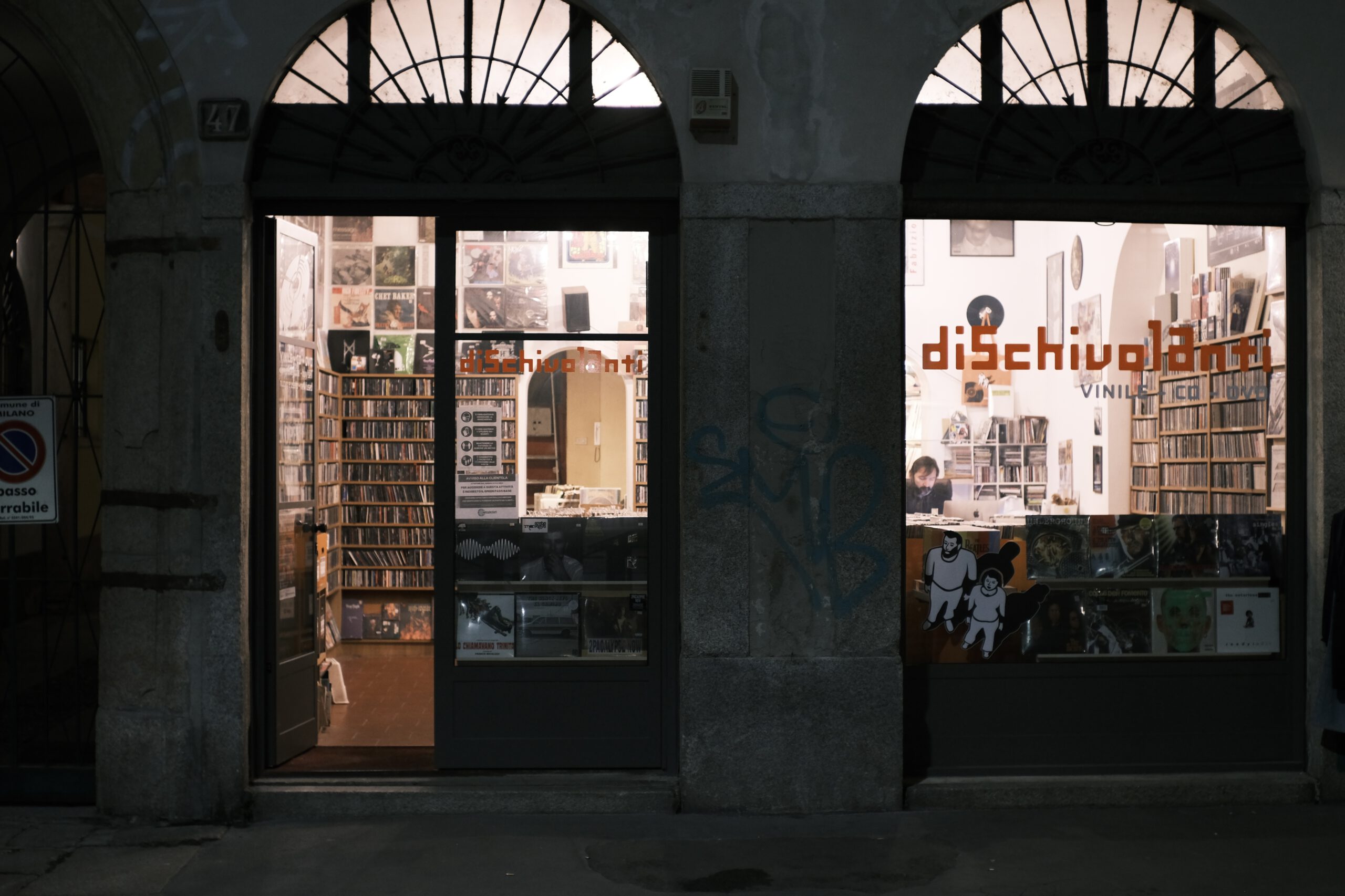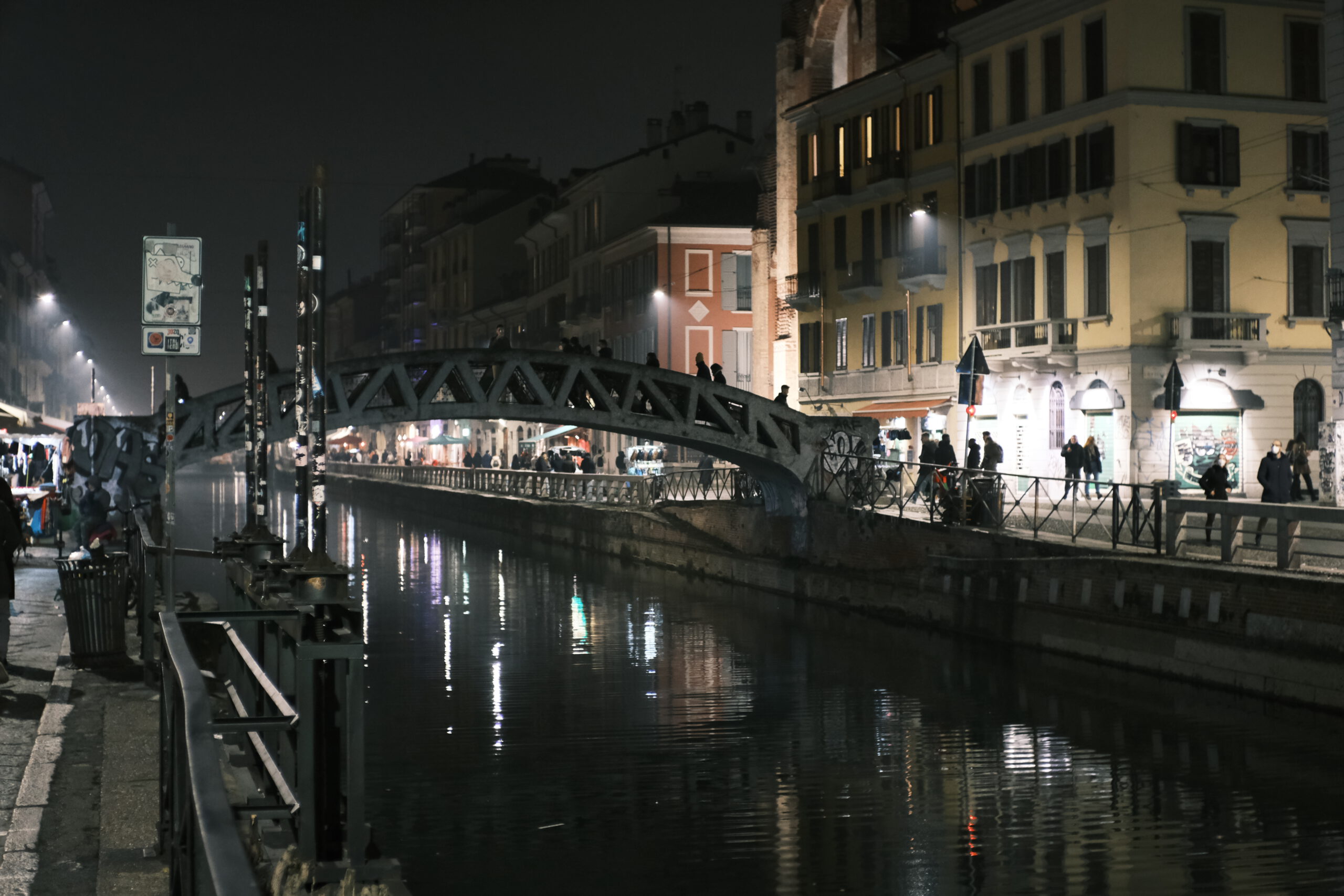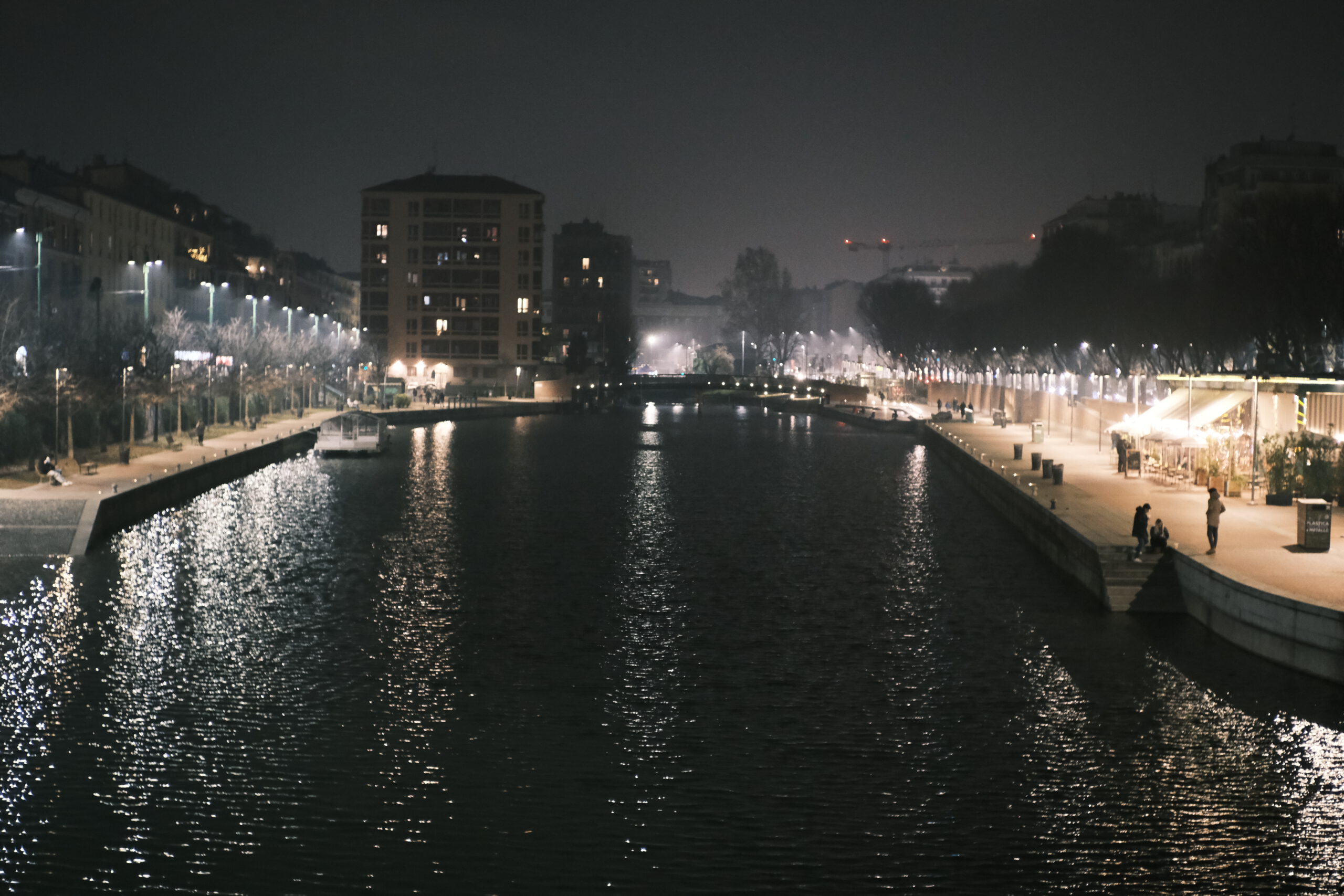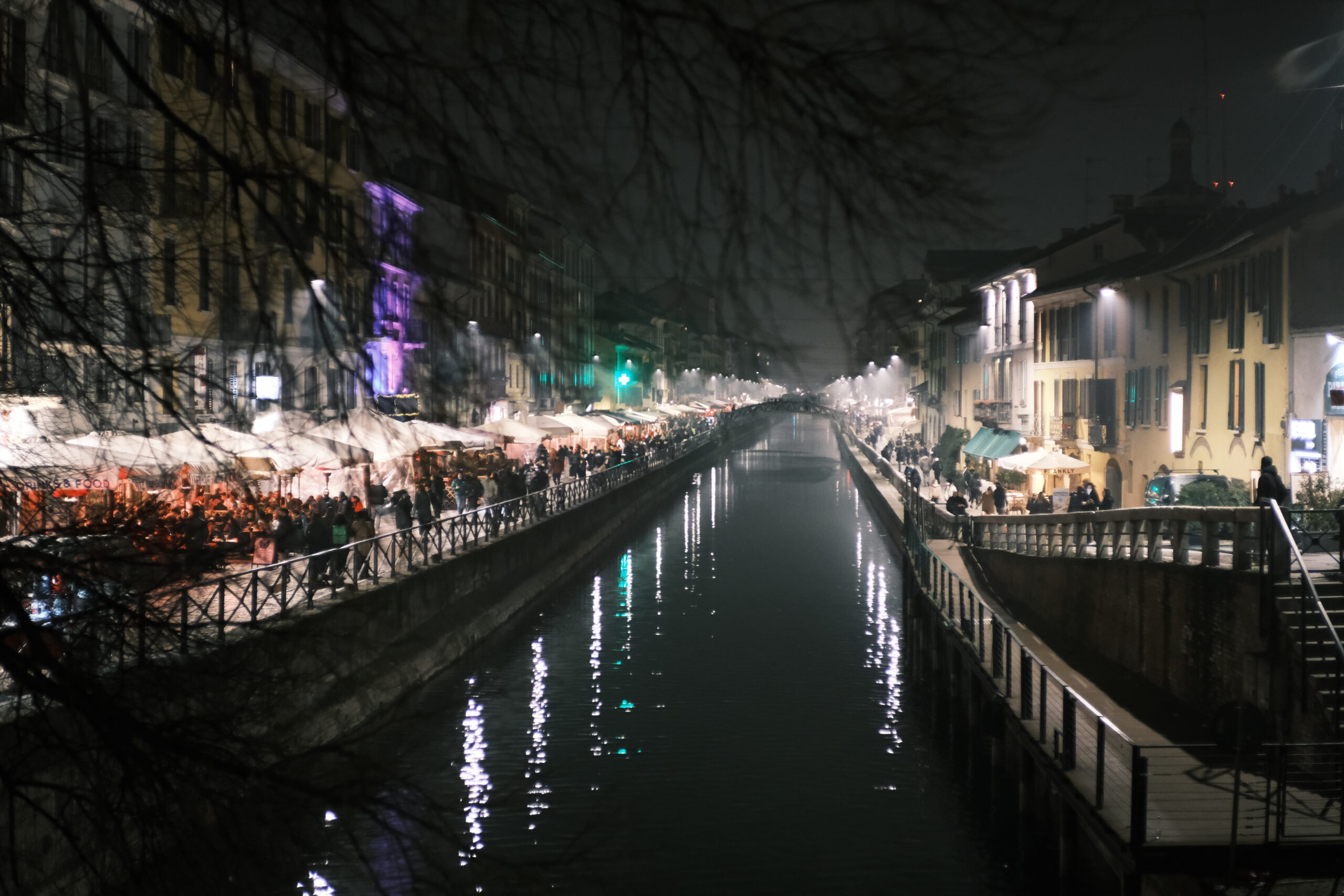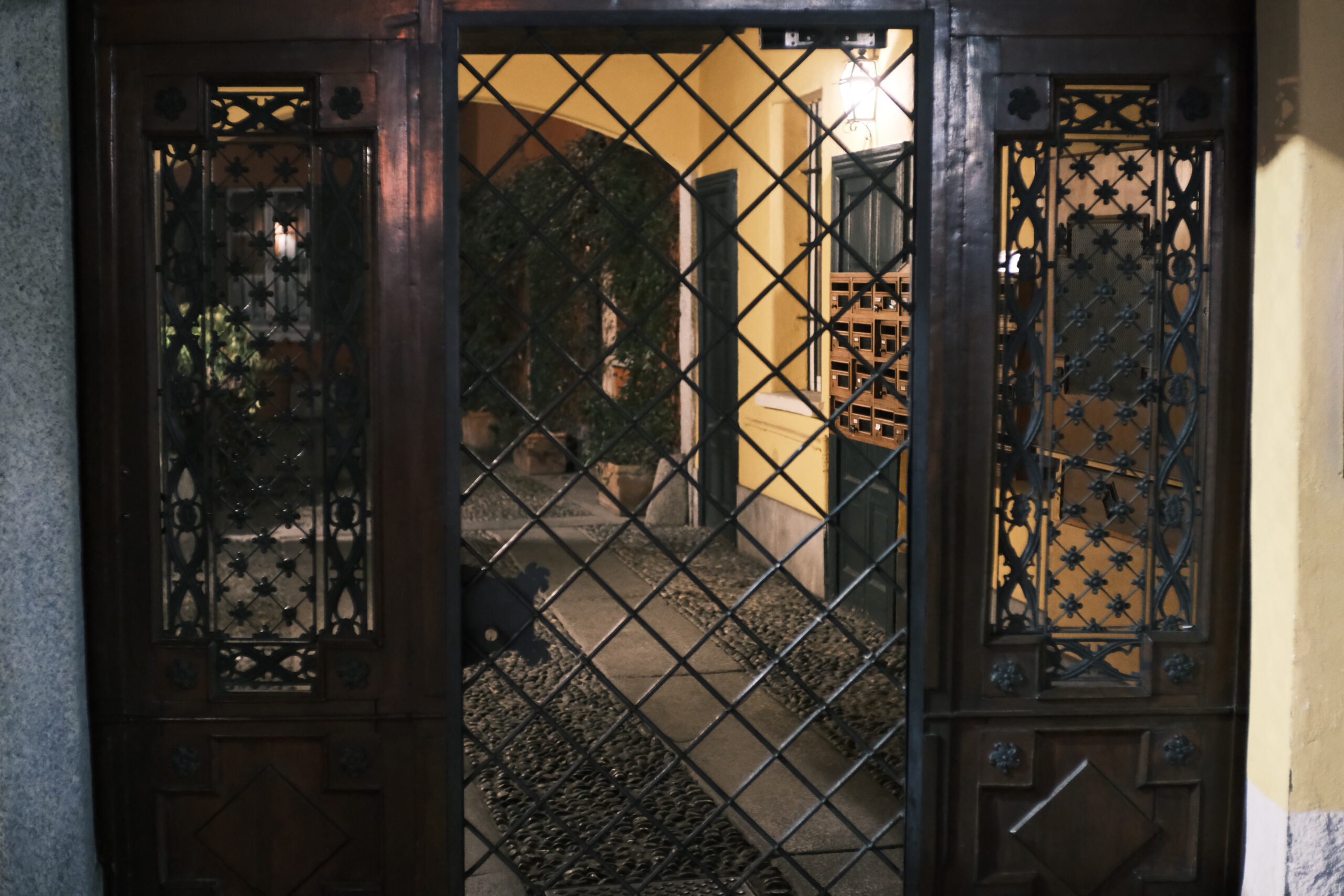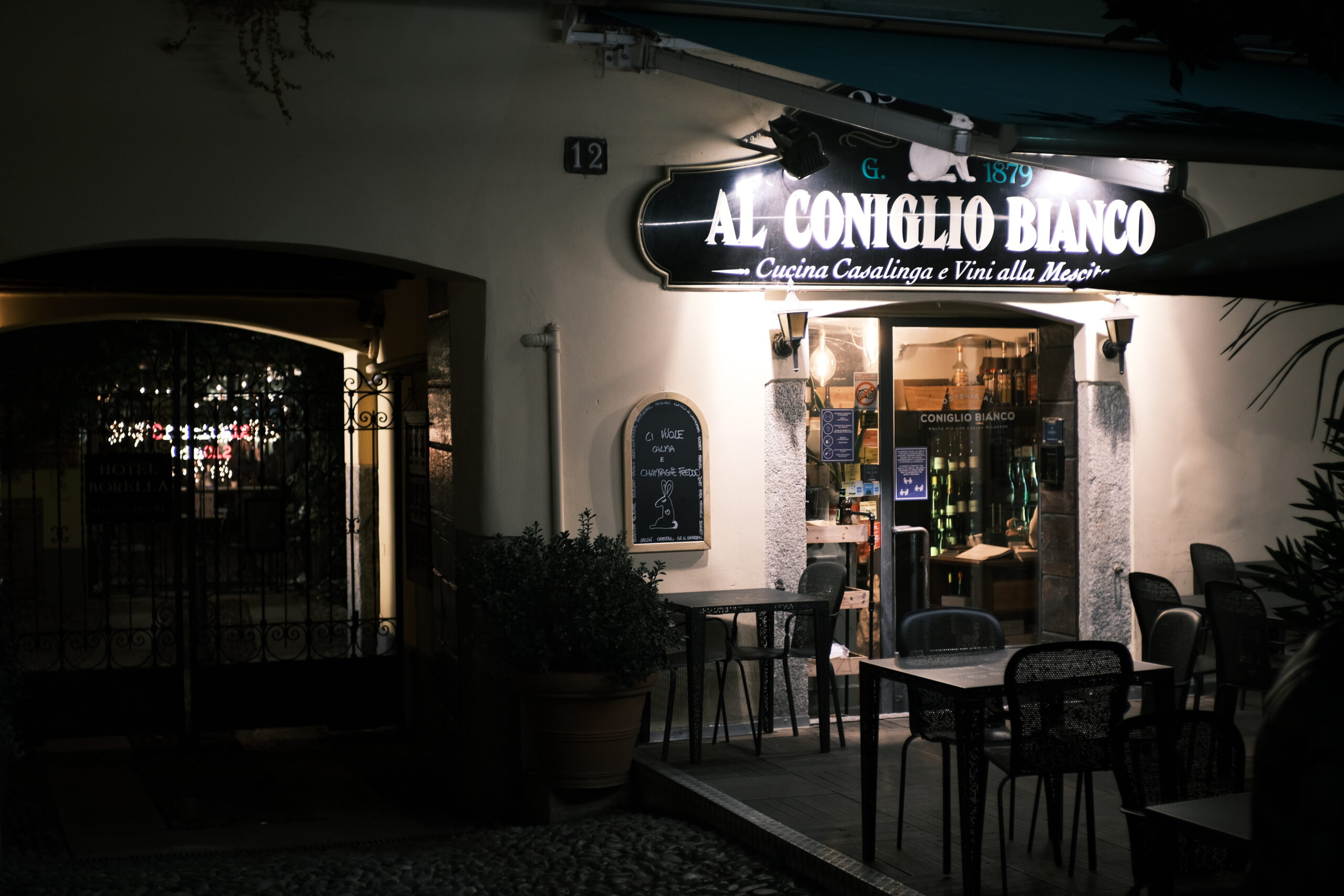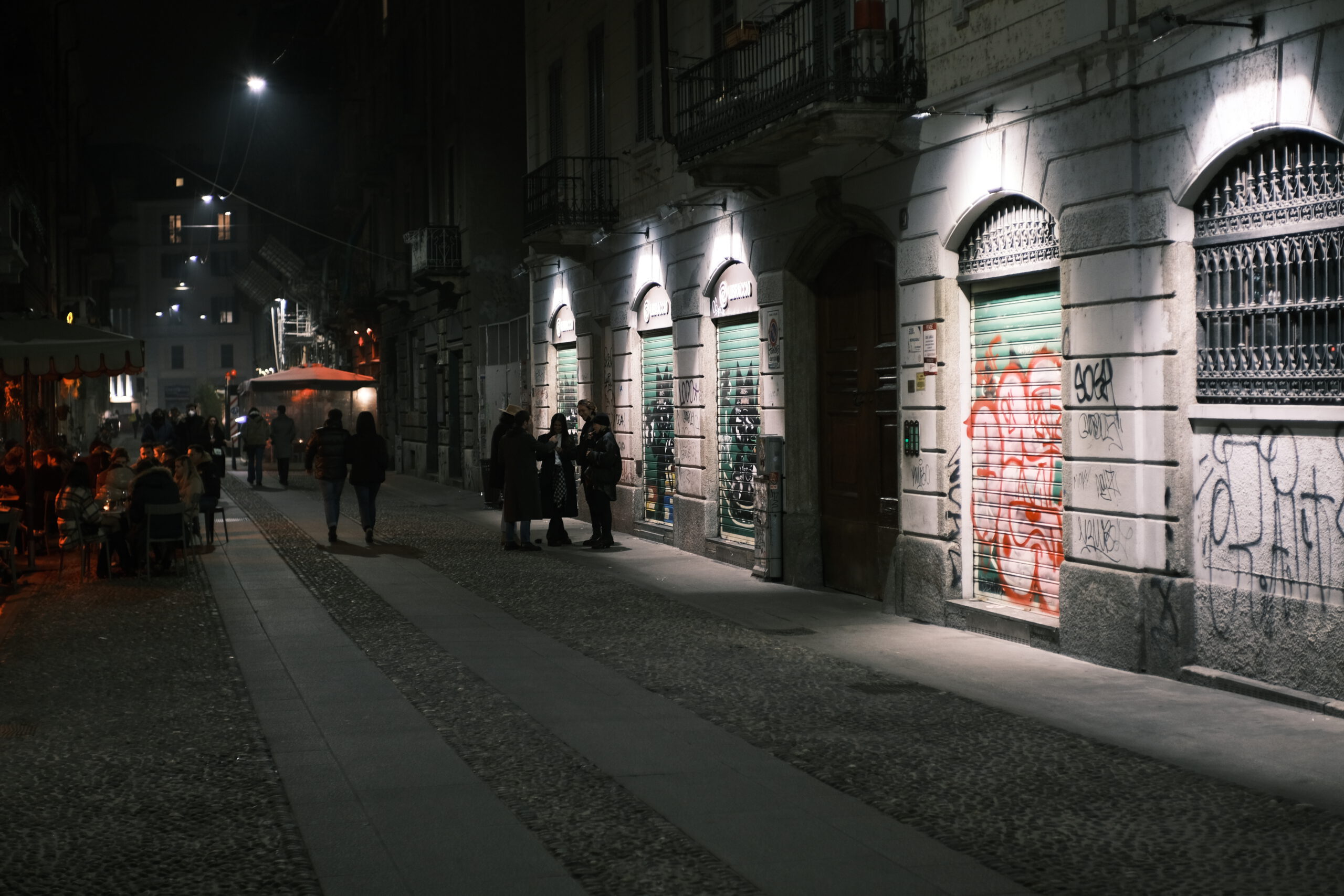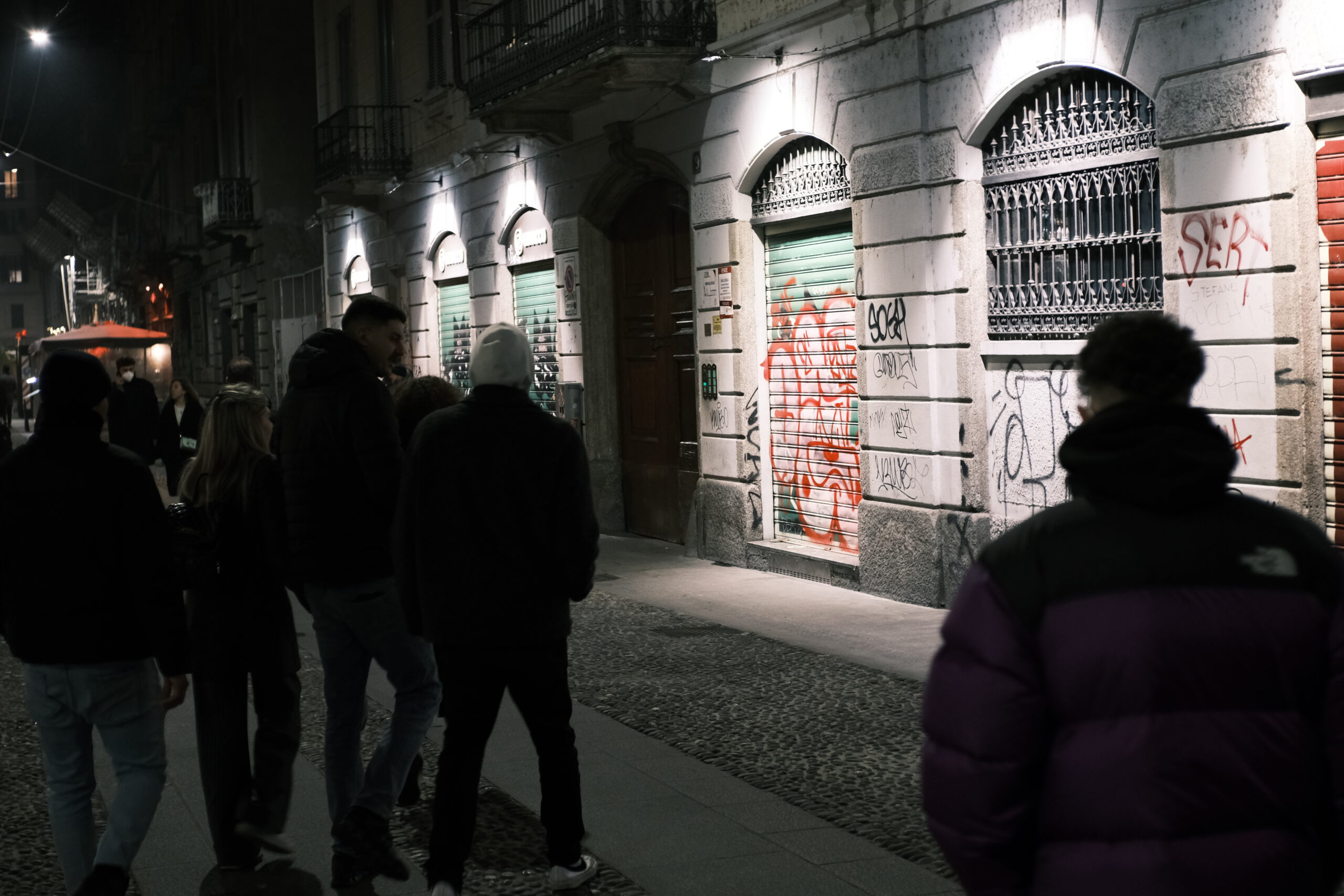I have been for a quick business trip in Milano. My colleague Ivo has been so kind to take me out for a nice dinner. Before this dinner, Ivo has shown me a historical place the Naviglio Grande. With my always on lens the 7Artisans 35mm f1.4 APSC and my Fujifilm X-PRO3 I took some pictures in the dizzy evening atmosphere.
Ivo was also so kind to write down all the historical explanation he gave to me last night during our walk.
“The Milanese canals are a system of artificial and navigable canals, built between the twelfth and sixteenth centuries, for defensive purposes, to provide water to the city center and for the transport of goods. The Navigli system connected Lake Maggiore, Como and the lower Ticino. In 1179 the first 50 km long canal was built, the Ticinello, which later became the Naviglio Grande. In 1457 Francesco Sforza ordered the construction of the Naviglio della Martesana to the hydraulic architect Bertola da Novate. The ambitious project also envisaged connecting the Adda to Milan and, through the city’s canals, the Adda to Ticino. In just 36 years, from 1439 to 1475, 90 km of canals were built, made navigable by the presence of 25 basins. As soon as he arrived in Milan in 1482, Leonardo da Vinci was commissioned by Ludovico il Moro to study a system that would allow a better navigation of the Navigli within the city of Milan, overcoming the problem of the difference in height, between the upper part of Milan (that of Via San Marco), and the lower one (the Darsena). Leonardo perfected the lock system. It was a sort of small opening and adjustable dams, which allowed the boats to pass downstream or upstream.
As regards the “Cantinetta del Montalcino”, the restaurant was born in 1978 from a happy intuition of some friends who produce Brunello di Montalcino who found in Edgardo Sandoli the inspired conductor for their project. After almost 40 years, even with some modifications and renovations, the restaurant still retains that charm that has made it one of the most evocative places on the Milanese scene.
Regarding the “Vicolo dei Lavadai”
The alley takes its name from a wash house, still largely intact, in use from the nineteenth century to the 1950s to wash clothes and linen.
It was originally called “Vicol de Bugandee” (from “bugada”, laundry) and took its current name only later.
The masculine declination of “Lavandai” is given by the fact that men were in charge of the washing, organized in the Confraternity Lavandai of Milan since the 18th century.
The patron saint of the brotherhood is Saint Anthony of Padua, to whom an altar is dedicated in the nearby church of Santa Maria delle Grazie al Naviglio.”
Thanks a lot Ivo, for the evening and all the details.
